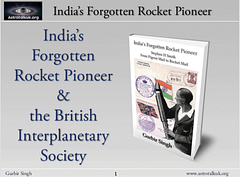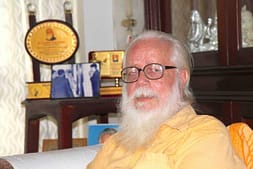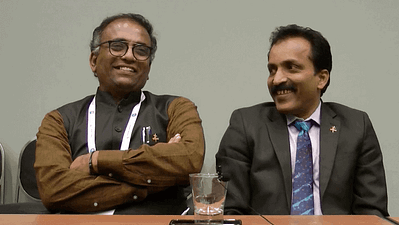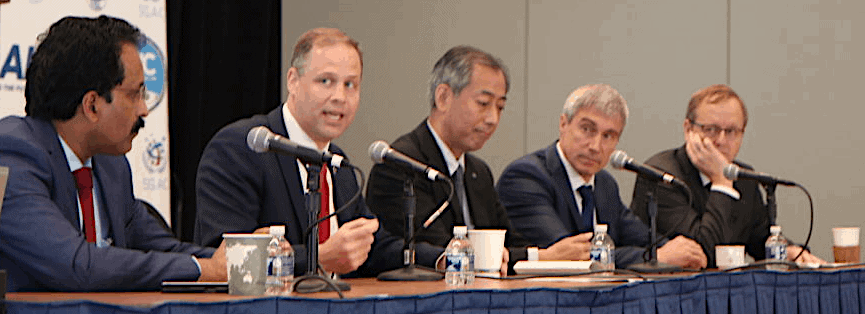The BIS-WM branch organised a live presentation today (18 July 2020) using Zoom. Thanks to all at BIS-WM for organising and all of you who joined. I said I would share the links and slides.
1. Astrotalkuk.org – Episode 68 from 2014. Archive material from March 2020.
2. Look inside the book.
3. Purchase book. Use 33% discount code = YYFEP4D during checkout only on this link. If in India then use Pothi.com
4. Indian Airmails.com – Piyush Khaitan. Other useful links.
5. British Interplanetary Society
Download the slides used in the presentation in pdf format. The video of the recording will be made available soon. All those who registered will be notified by email when it is available online.



